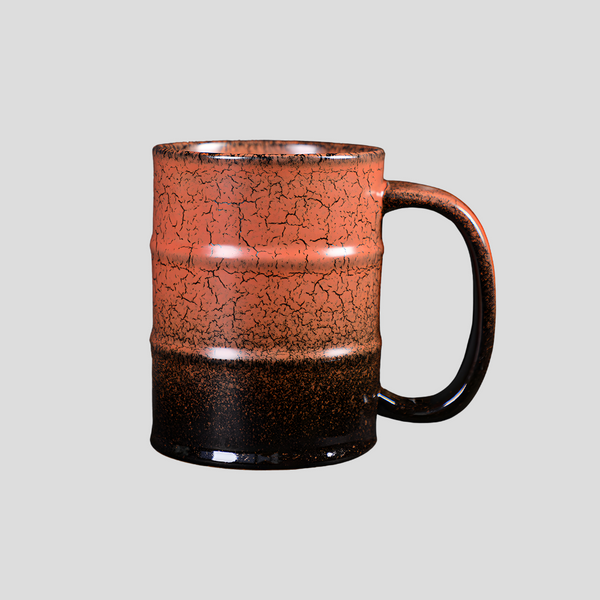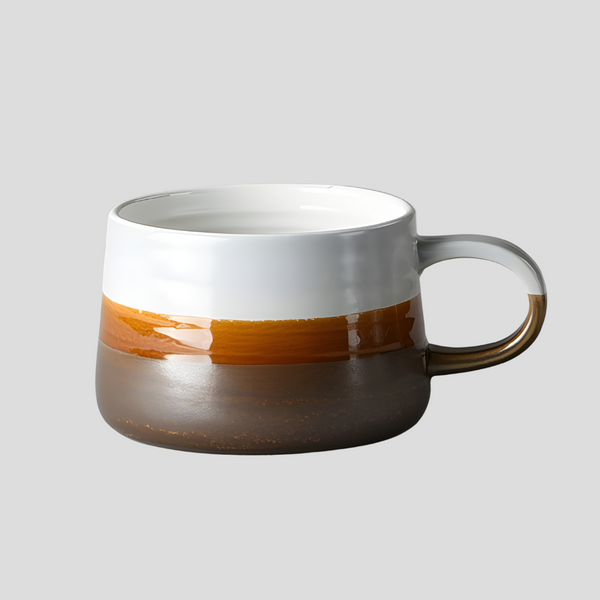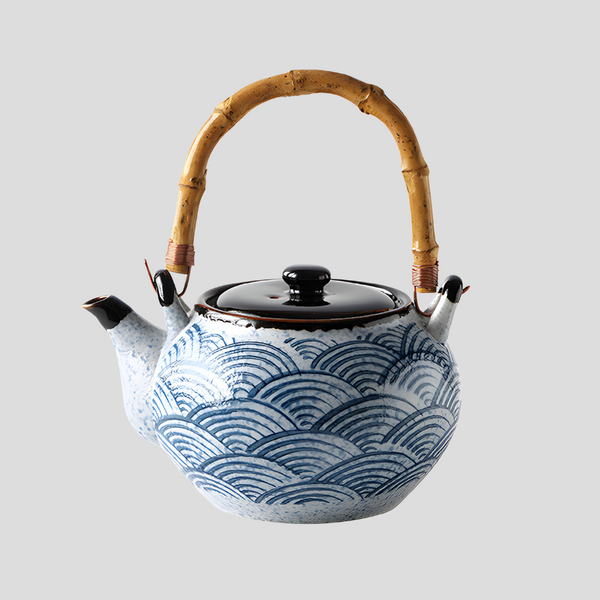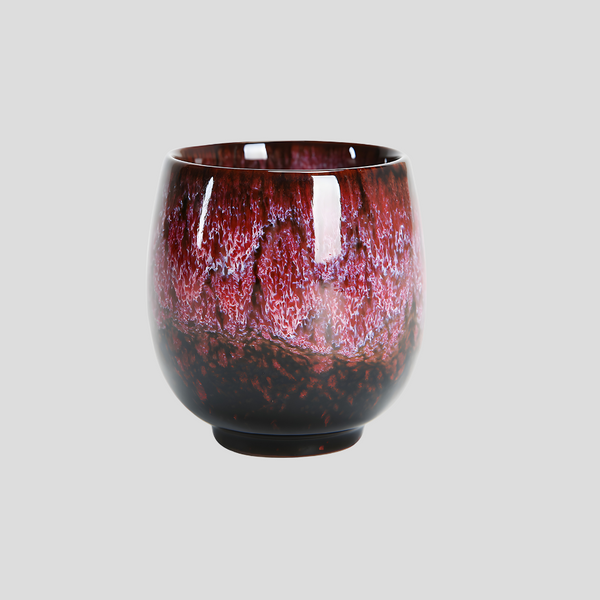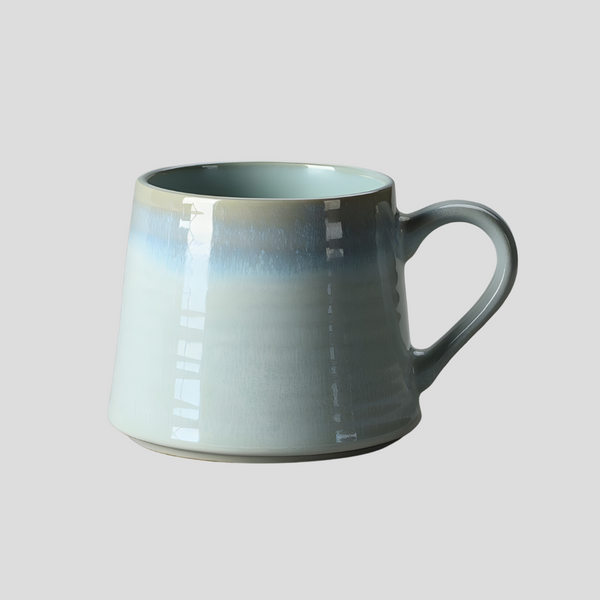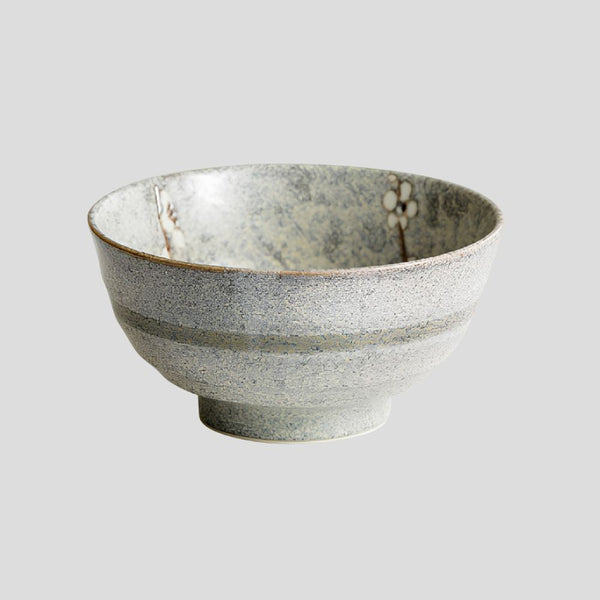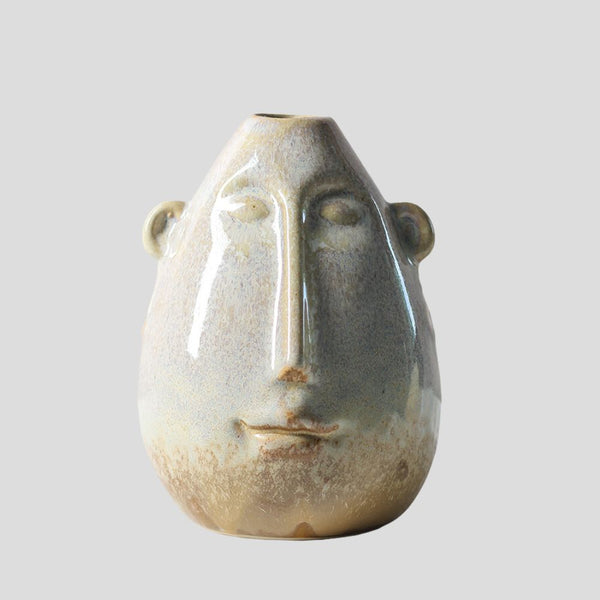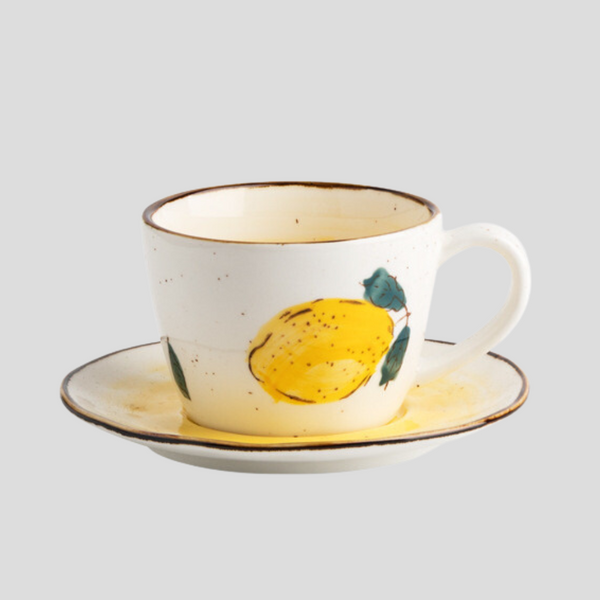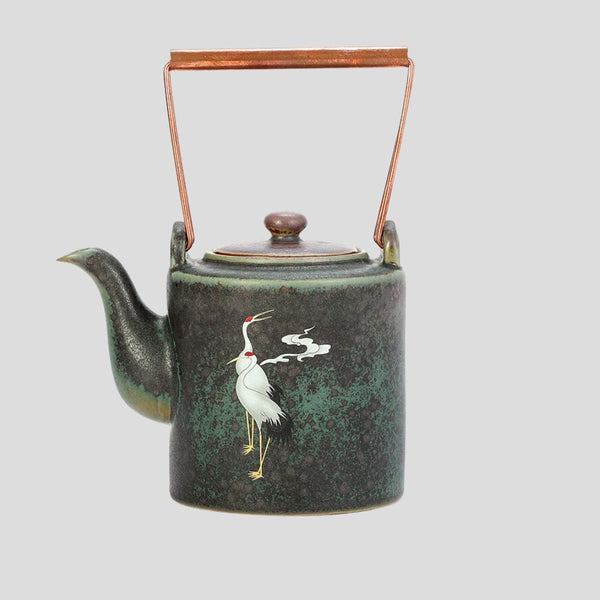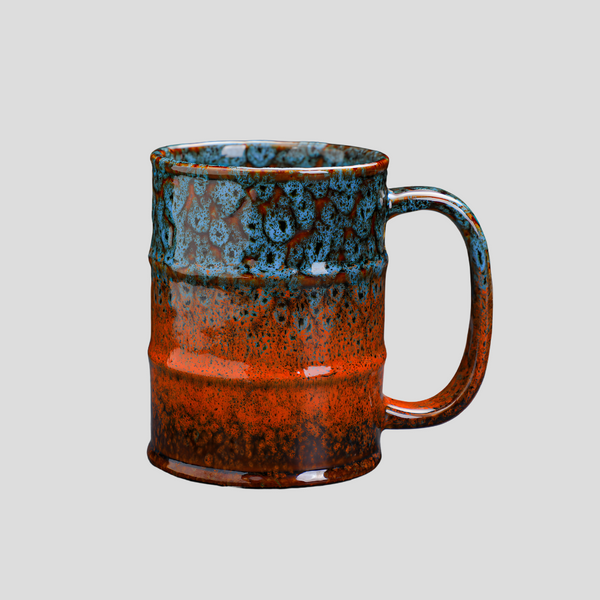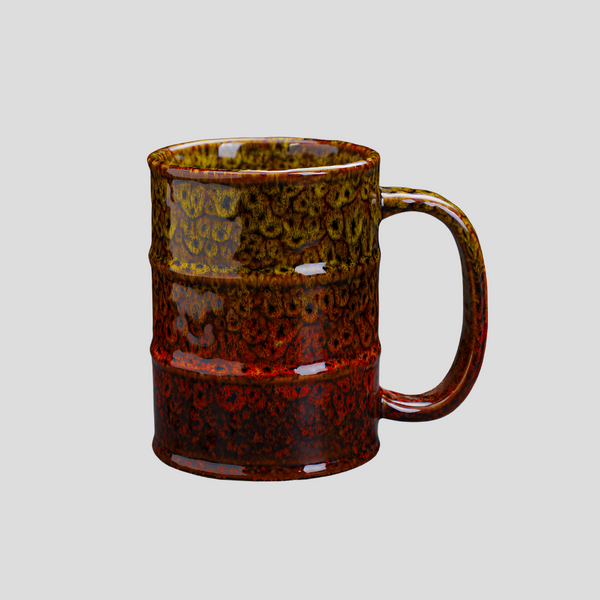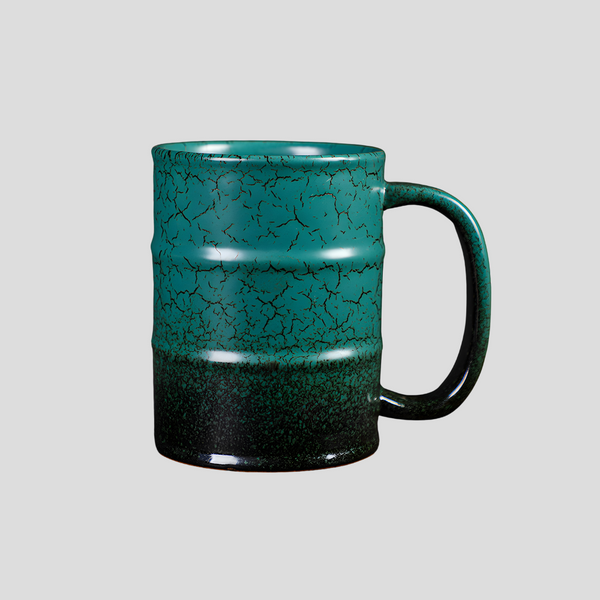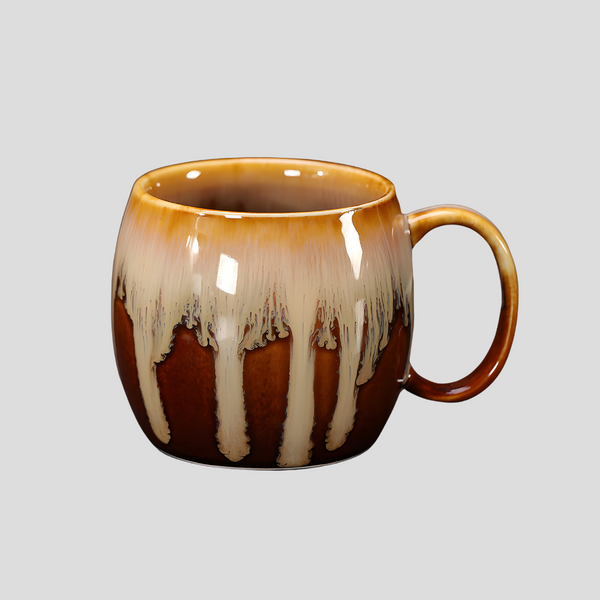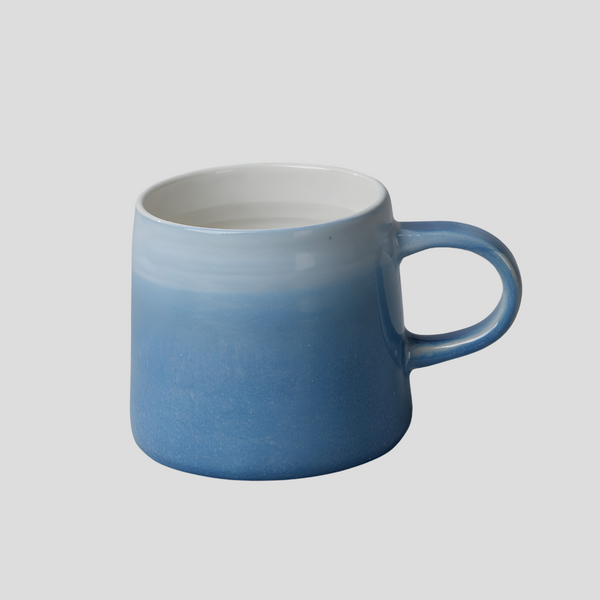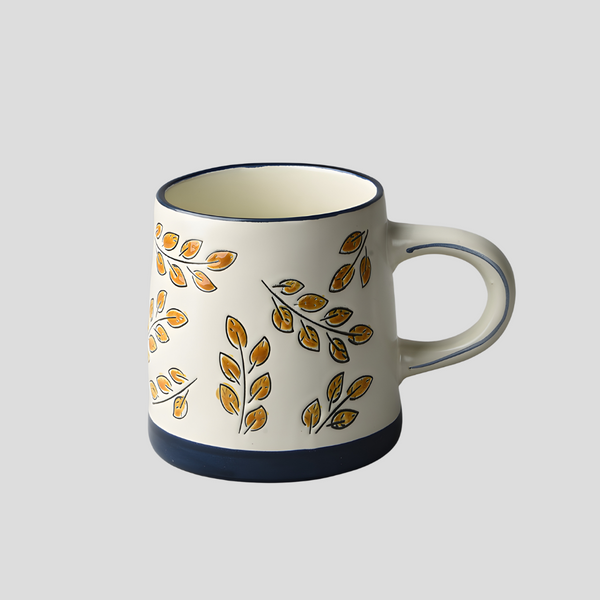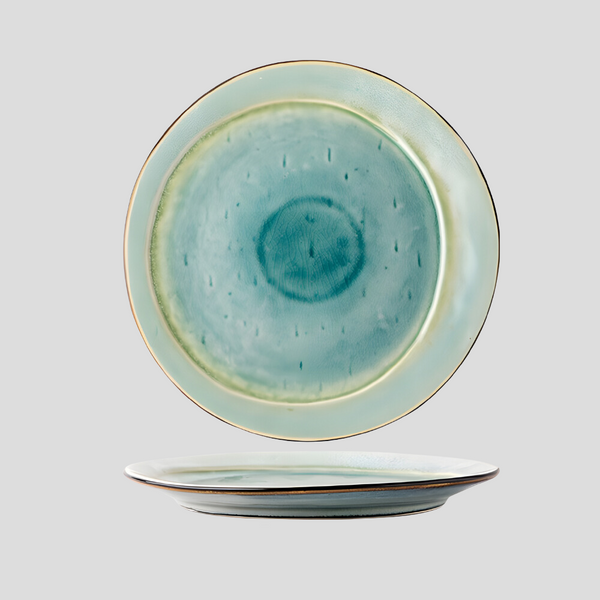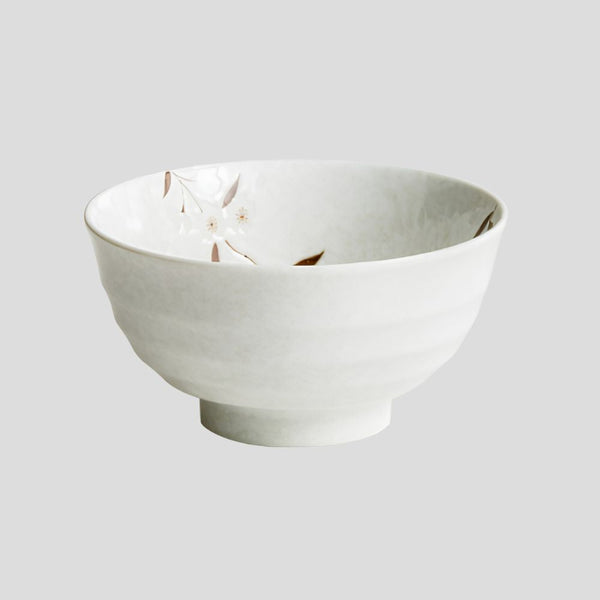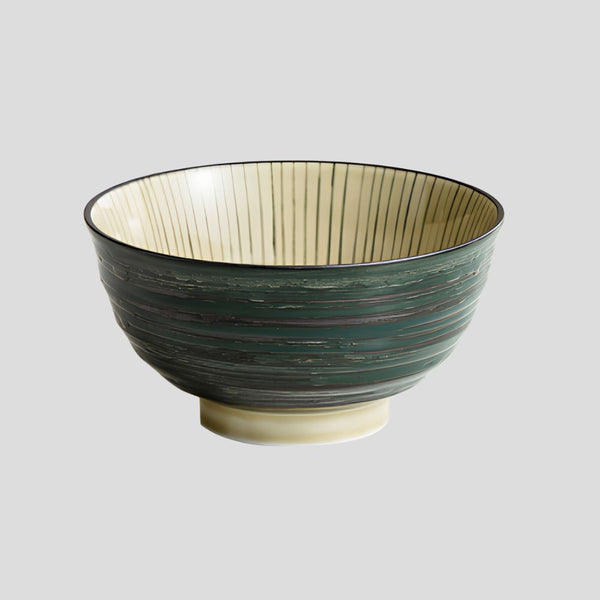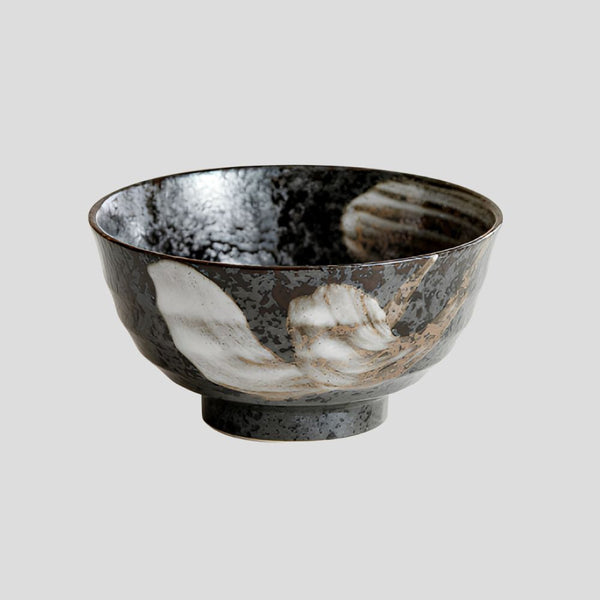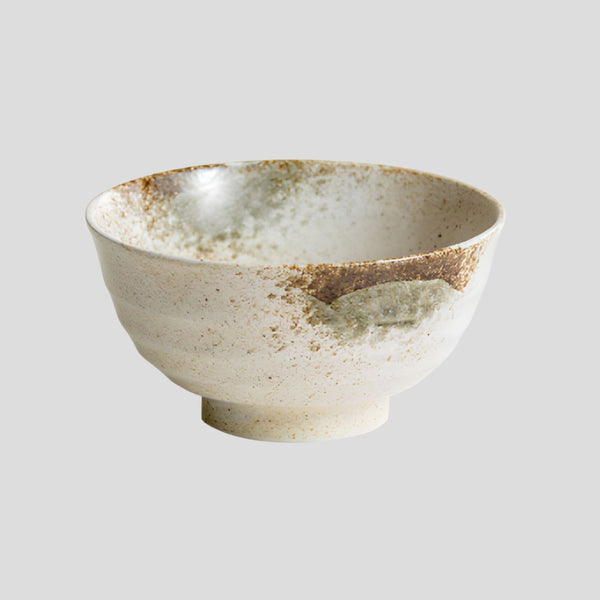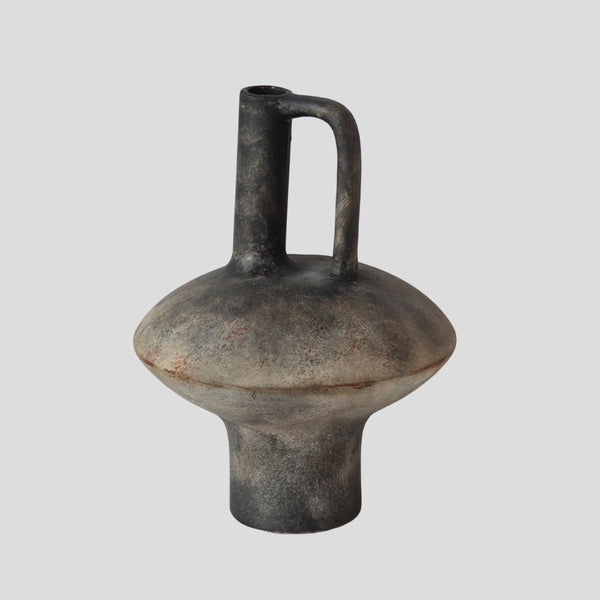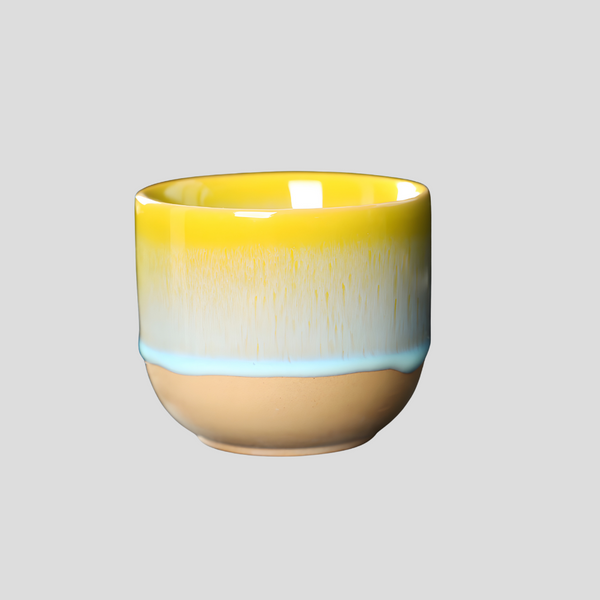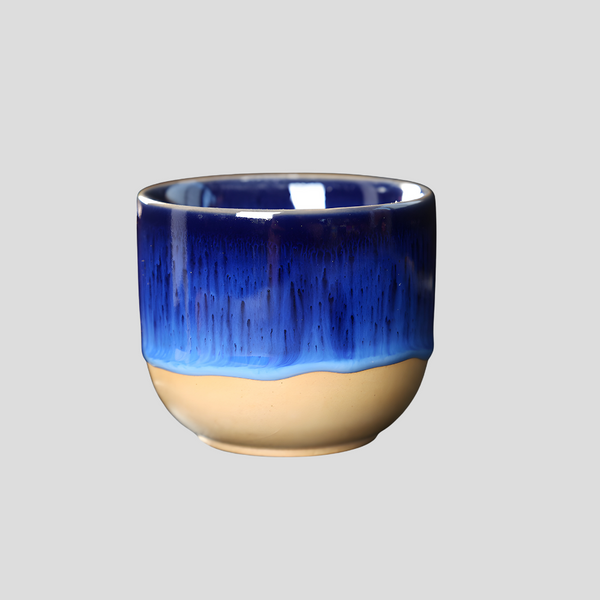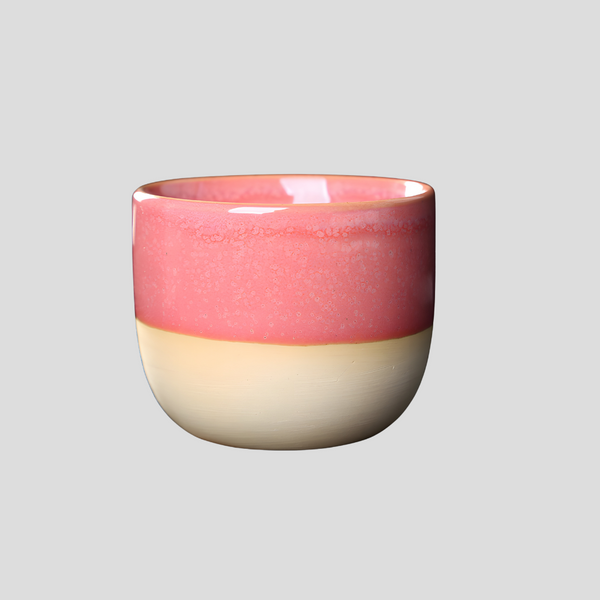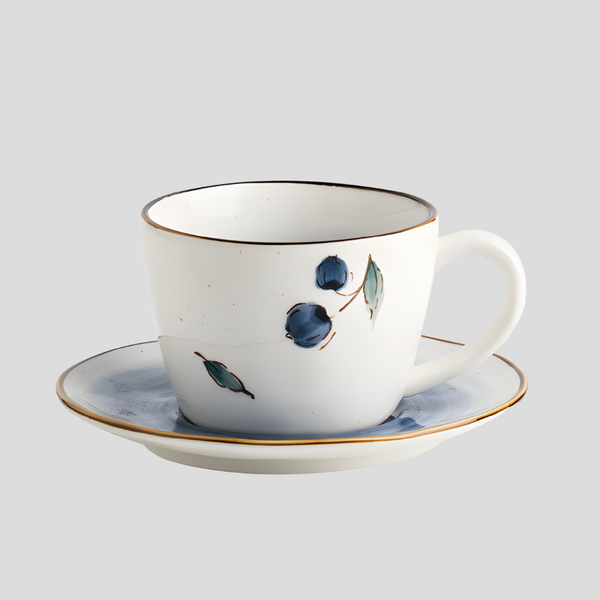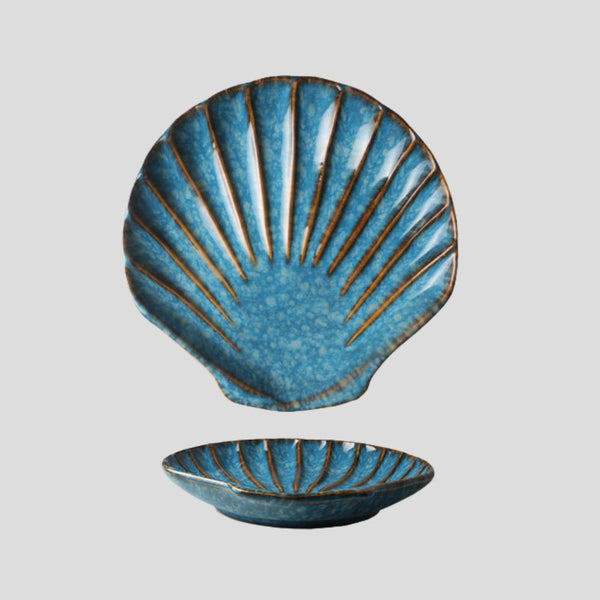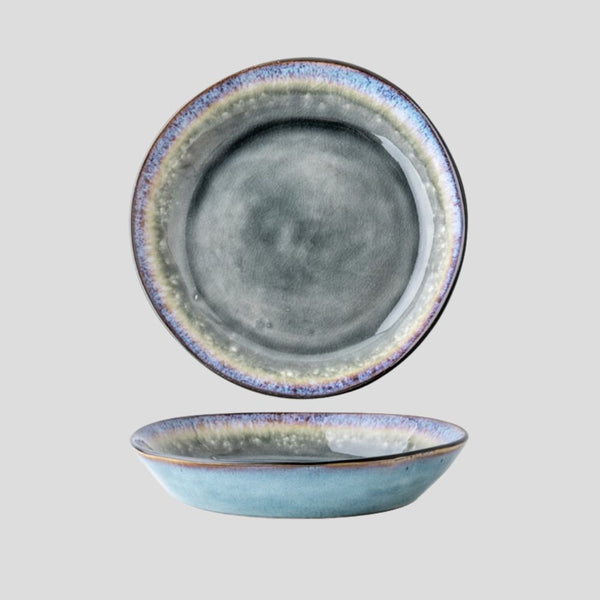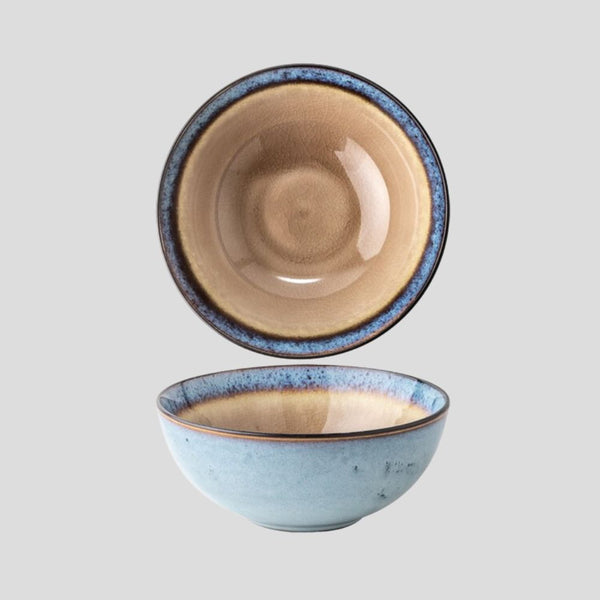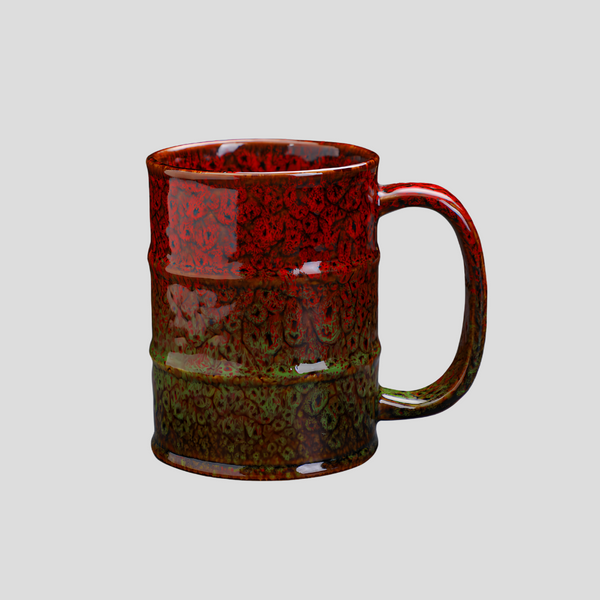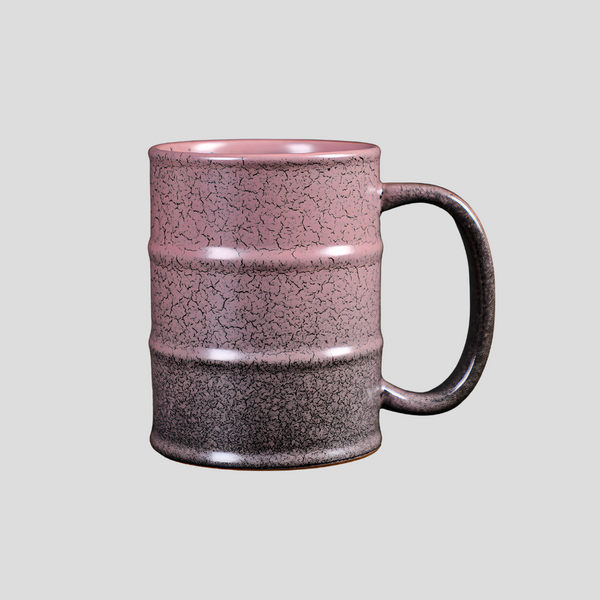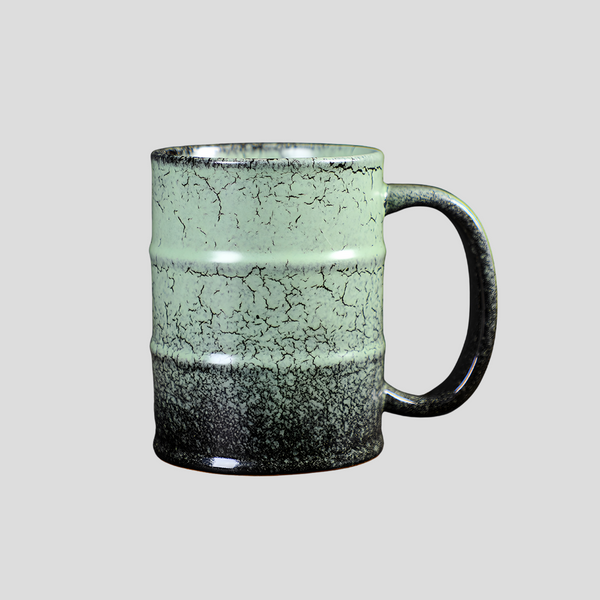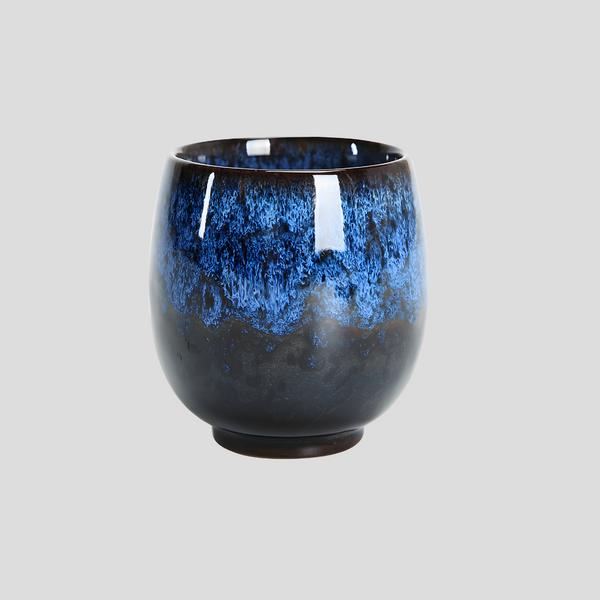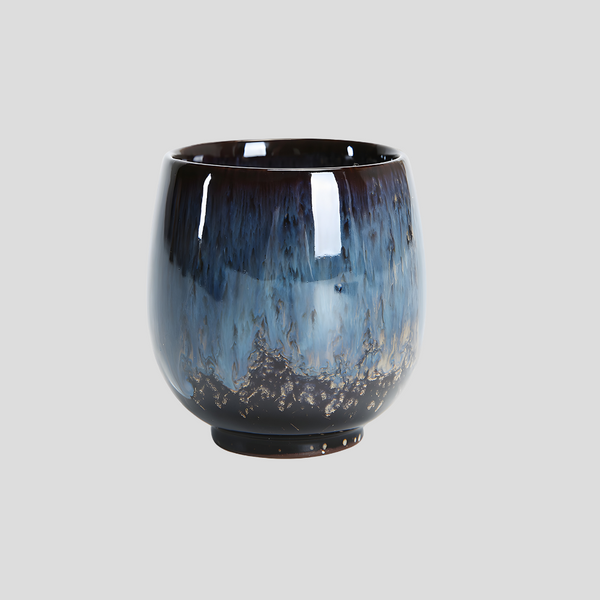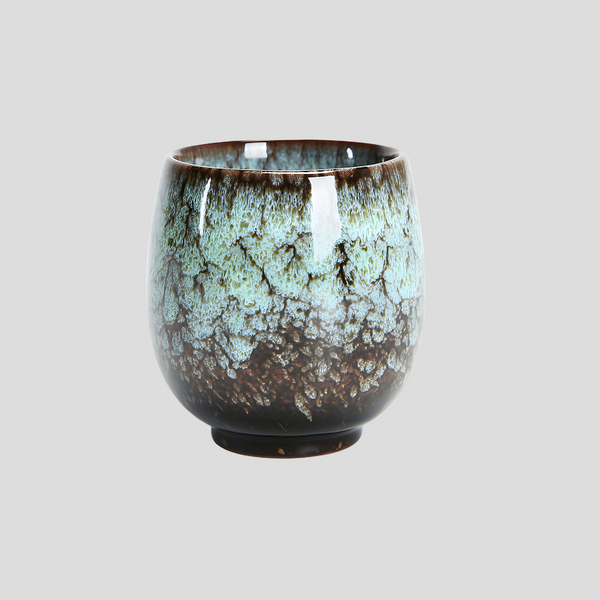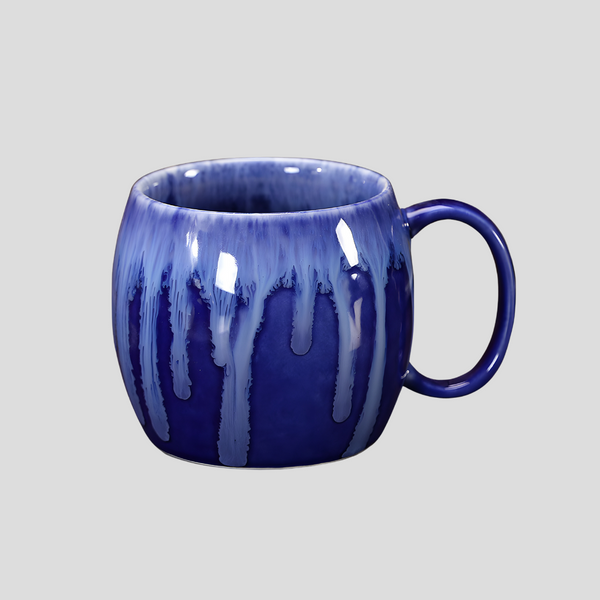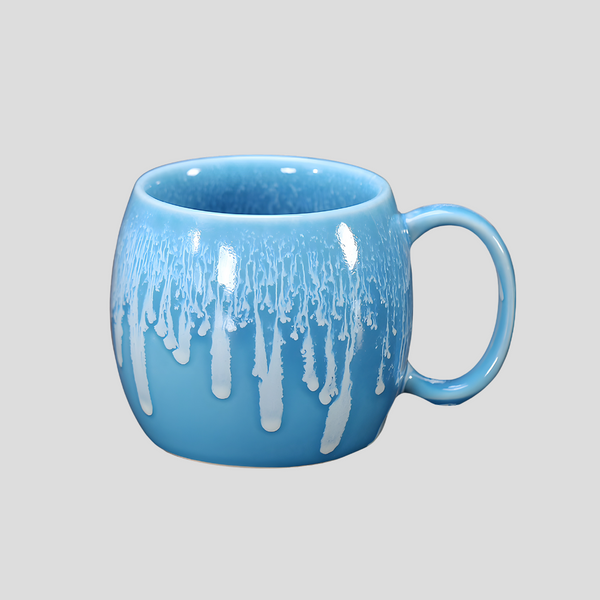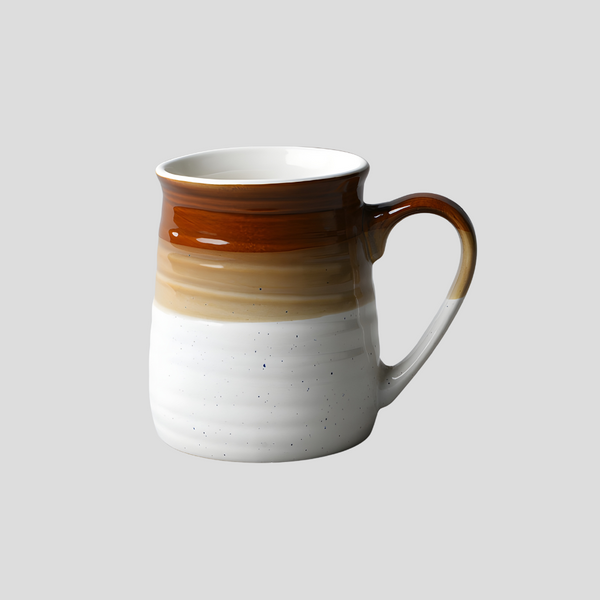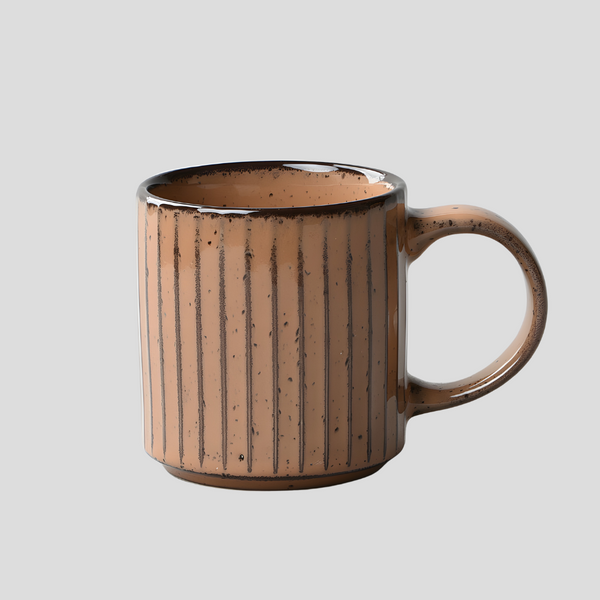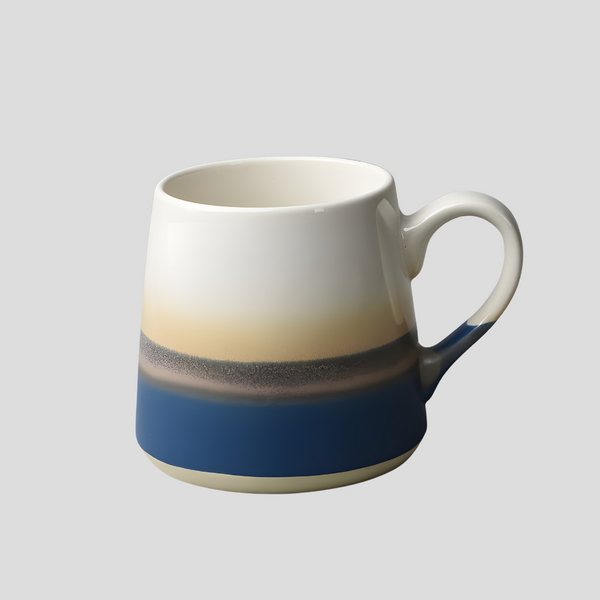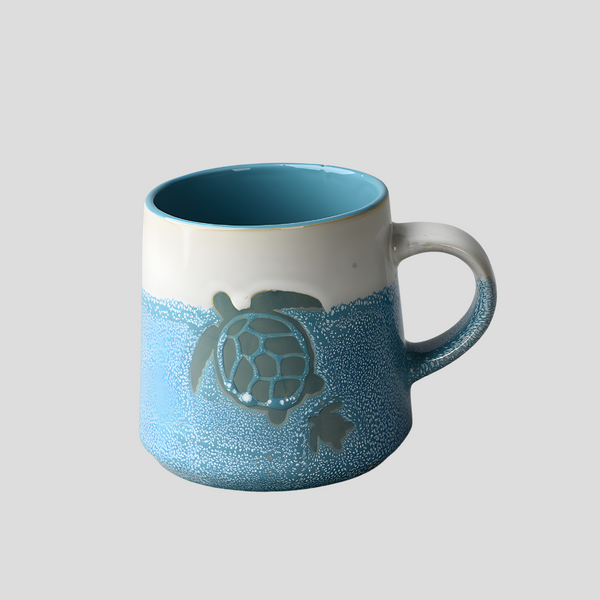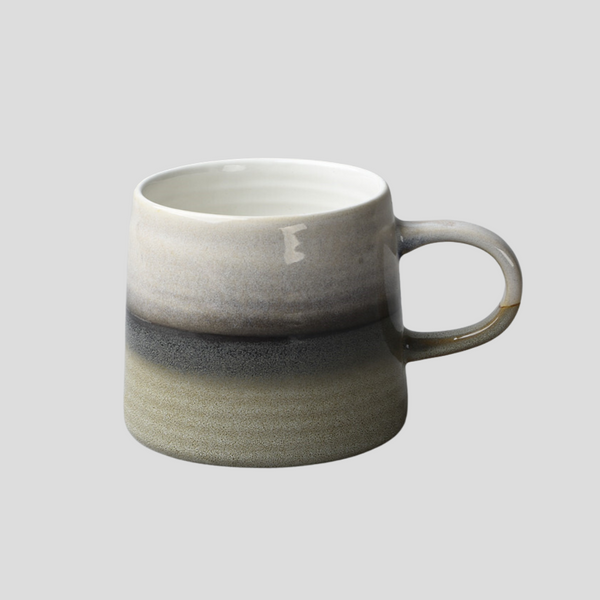
Essential Tools for Pottery Making: A Beginner's Guide
Pottery making is an ancient craft that has evolved over thousands of years, blending art, function, and the deeply satisfying act of creating something from raw materials. Whether you've been inspired by the beauty of ceramic art or the tactile experience of clay, starting in pottery can be both exciting and a bit overwhelming. One of the first steps to embarking on this creative journey is understanding and gathering the essential tools needed to shape, decorate, and finish your pieces. This guide will introduce you to those fundamental tools helpful for beginners in pottery making.
Pottery Wheel
The pottery wheel is iconic to the craft, although not necessary for all types of pottery, it's crucial for throwing pots. Beginners might start with a manual wheel, but an electric pottery wheel offers more control and consistency, especially as your skills grow. Look for one with a smooth, steady spin, and adjustable speed settings to suit a variety of projects.
Clay
The very medium of pottery, clay, comes in various types, each with different properties. Earthenware, stoneware, and porcelain are the three primary types you’ll encounter. Earthenware is great for beginners due to its forgiving nature, while stoneware and porcelain require more skill but offer more sophisticated finishes. Experimenting with different types can be part of the learning process.
Hand Building Tools
Aside from the wheel, there's a multitude of hand-building techniques to explore in pottery. Tools for these methods include:
- Rolling pins: Essential for flattening clay to an even thickness for slab building.
- Rib tools: These come in wood, metal, or silicone and help shape, smooth, and compress clay slabs or walls of thrown pots.
- Wire cutter: A tool to cut large chunks of clay and also to remove finished pieces from the pottery wheel.
- Fettling knives: Useful for cutting and trimming clay, as well as for sculptural work.
Decorating Tools
Decoration adds the finishing touches to pottery, giving it character and style. For beginners, a few simple tools can introduce a world of creative possibilities:
- Underglazes: Colored slips that can be painted or sponged onto clay to add color.
- Sgraffito tools: Used to scratch designs into clay that’s been coated with underglaze, revealing the clay color beneath.
- Stamps and texture rollers: These can press patterns into the clay’s surface, adding texture and visual interest.
Finishing Tools
After forming and decorating your piece, certain tools can help refine and finish it before firing:
- Sponges: Used to smooth surfaces and clean up edges.
- Loop and ribbon tools: For carving, hollowing out, and adding intricate details.
- Brushes: For applying glazes. These should be soft and vary in size according to the detail of work.
Kiln
The final, and perhaps most transformative, step in pottery making is firing your work in a kiln. Though not a beginner’s purchase due to its cost and size, understanding the importance of this tool is essential. Community studios and educational institutions often provide access to kilns. Firing turns the clay into a permanent form and sets the glazes, completing the transformation from malleable clay to a finished piece of pottery.
Conclusion
Gathering these essential tools marks the beginning of your pottery-making journey. While mastering pottery takes time, patience, and practice, having the right tools from the start will set a solid foundation for your creative explorations. Remember, every potter starts as a beginner, and with perseverance, you too can create beautiful, functional works of art. Happy potting!
Check out our 5-star rated DIY-toolkit here!
